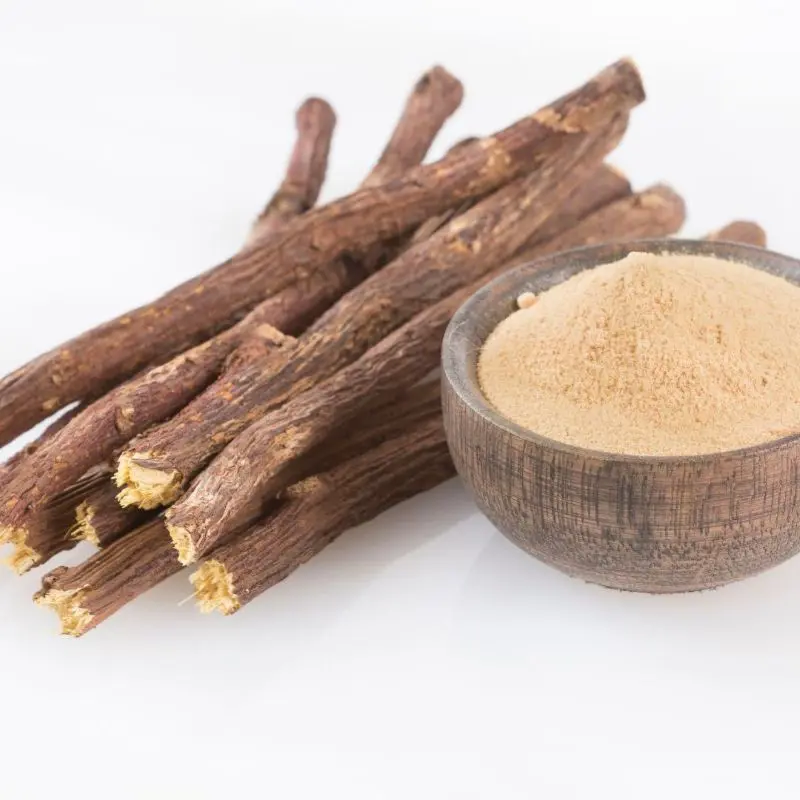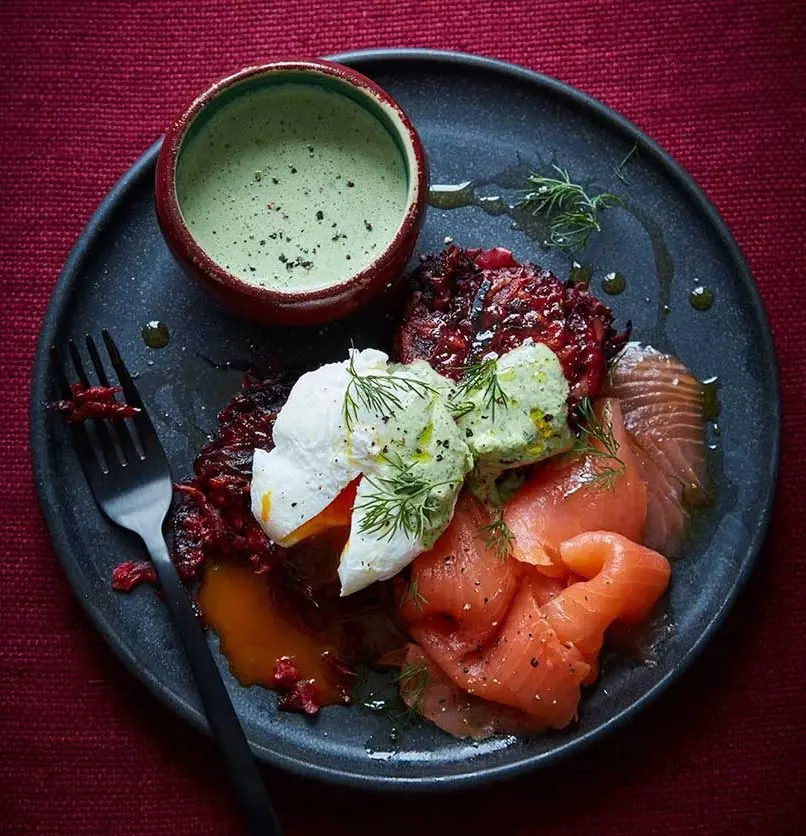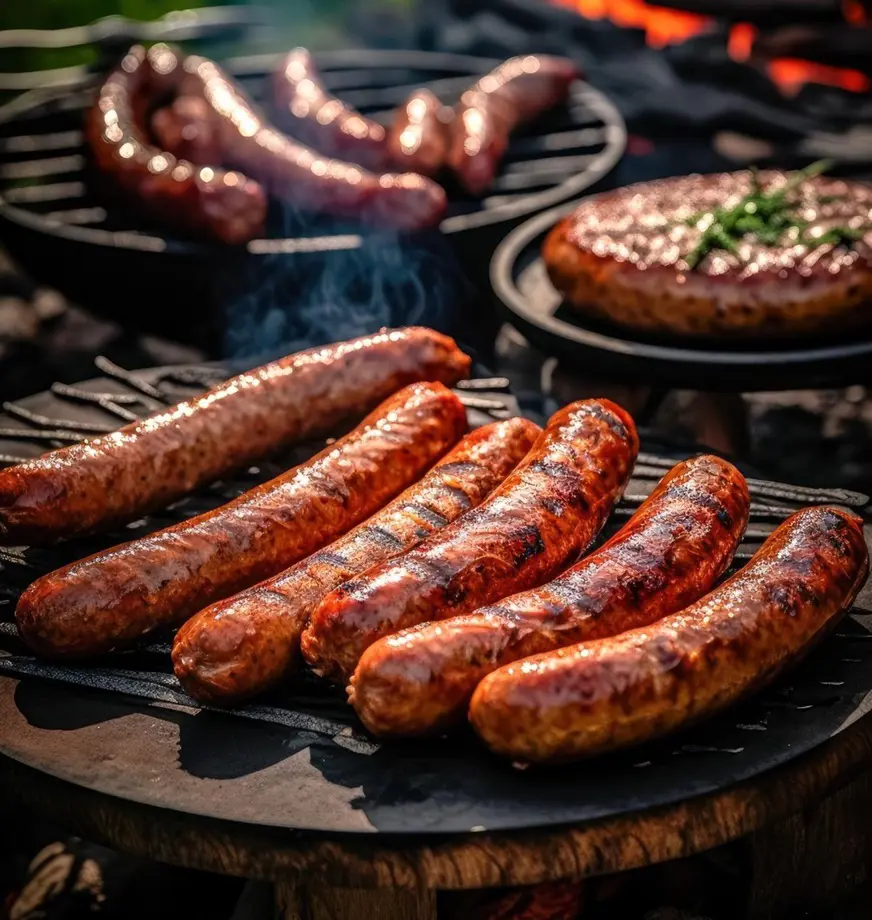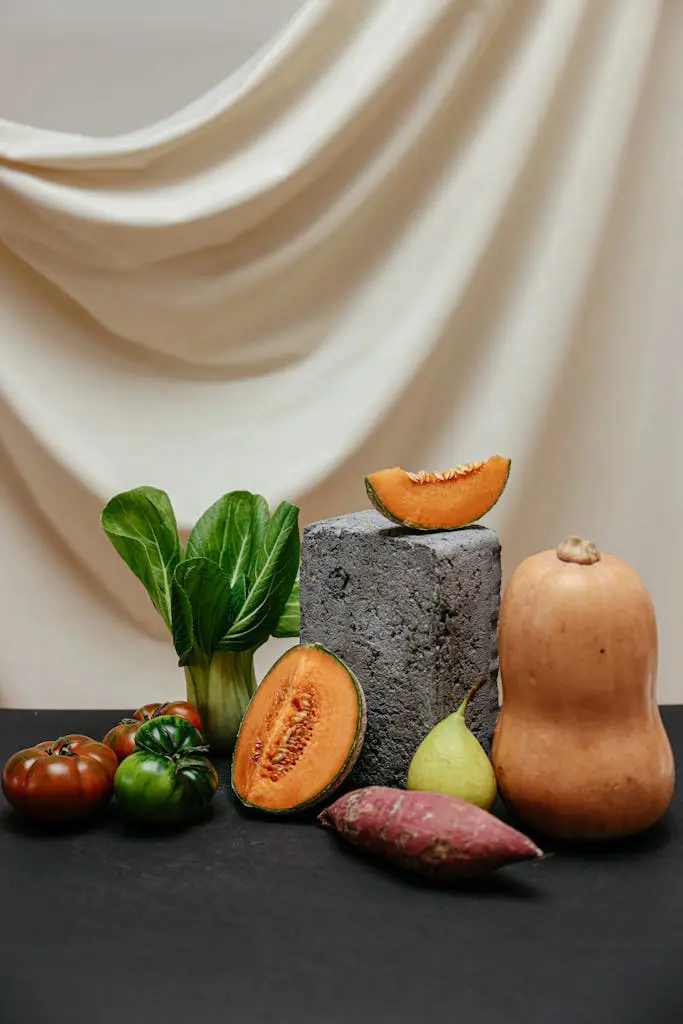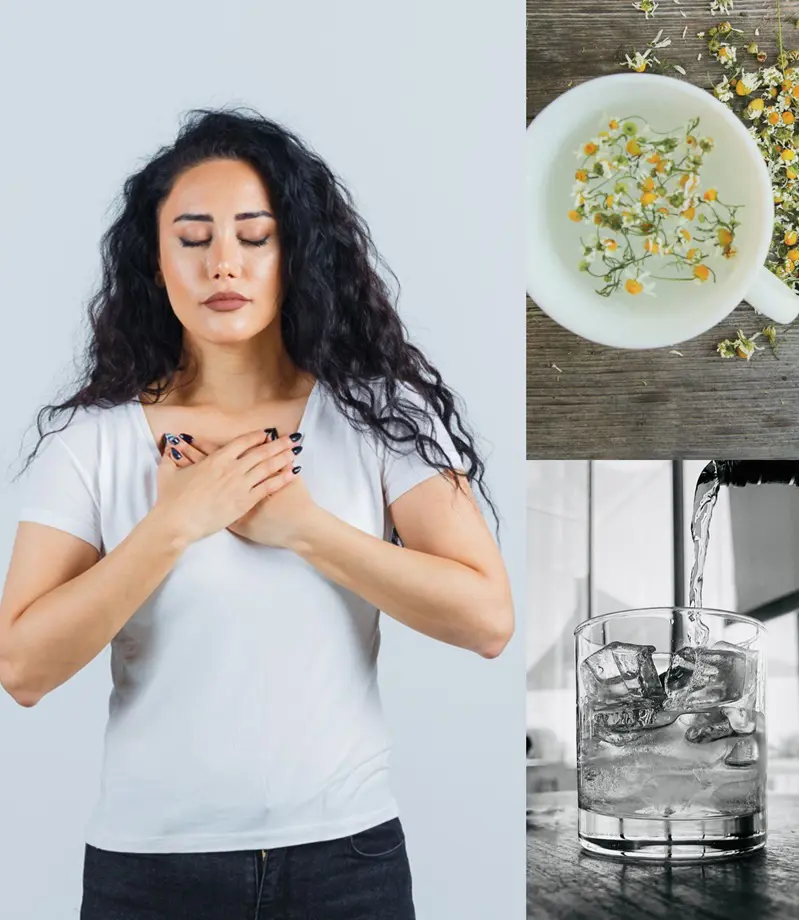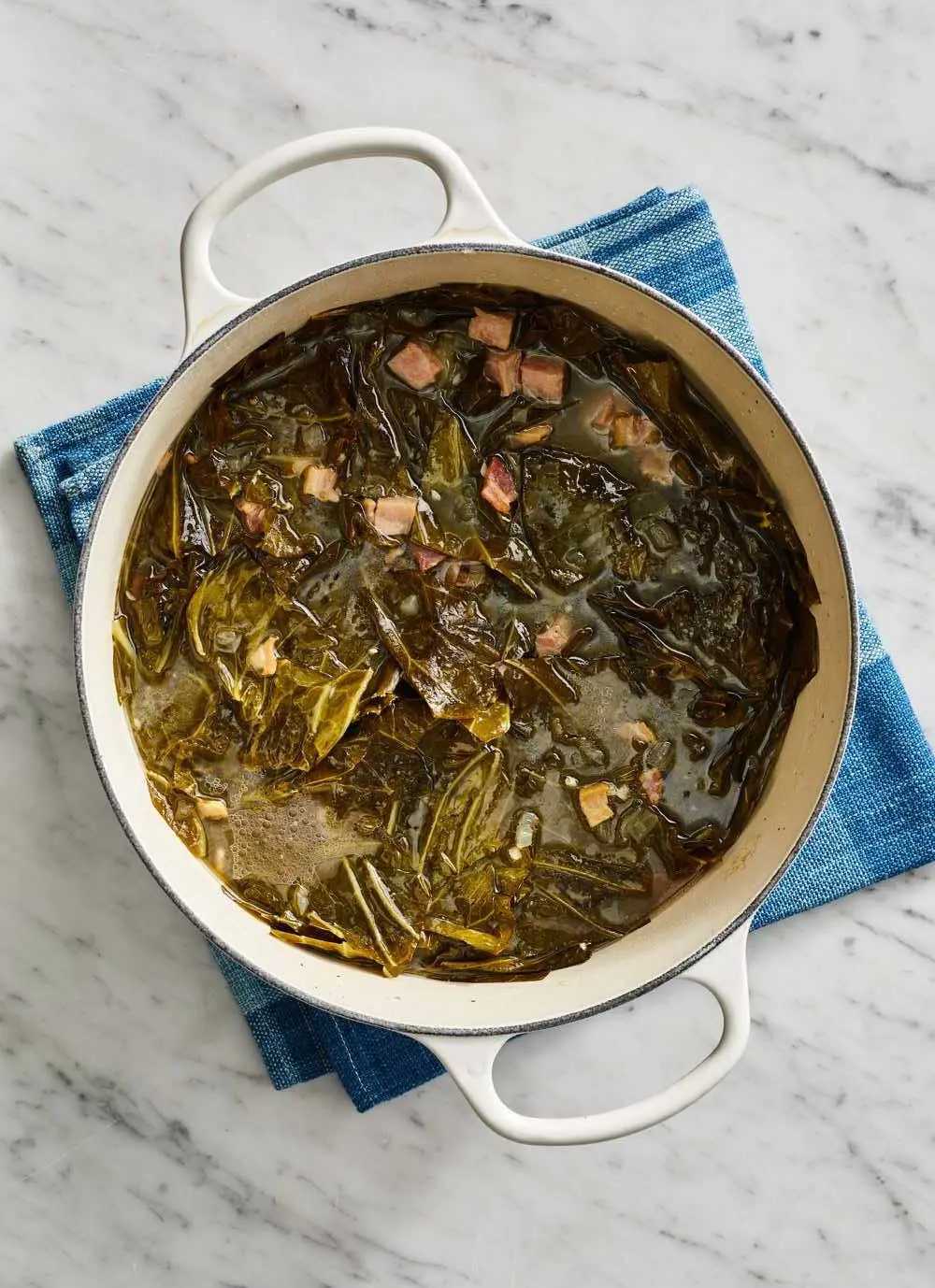15 Rhubarb Benefits and Nutrition Facts

Rhubarb is a unique vegetable that is often treated as a fruit in culinary contexts due to its tart flavor. Known for its vibrant red stalks and large green leaves, rhubarb has a storied history and a variety of health benefits.
In this article, we will delve into the 15 top health benefits of rhubarb, explore its detailed nutritional profile, consider its safety and potential side effects, and provide tips on how to cook it.
1. Rich in Antioxidants
Rhubarb stands out for its potent antioxidant content, primarily anthocyanins and proanthocyanidins, which impart its vibrant red hue. These antioxidants play a crucial role in neutralizing free radicals, thereby reducing oxidative stress and lowering the risk of chronic diseases such as cancer and heart disease.
Incorporating rhubarb into your diet can provide significant protective benefits against cellular damage and support overall health.
2. Supports Digestive Health
As an excellent source of dietary fiber, rhubarb promotes optimal digestive function. Fiber adds bulk to stool, facilitating smoother digestion and regular bowel movements. This helps prevent constipation and other digestive discomforts, promoting gastrointestinal health.
Including rhubarb in meals or as a snack can contribute to a balanced diet that supports digestive regularity and overall well-being.
3. Promotes Heart Health

The combination of fiber, antioxidants, and phytonutrients in rhubarb contributes to cardiovascular wellness. Fiber helps reduce LDL (bad) cholesterol levels and supports healthy blood circulation, which are vital factors in reducing the risk of heart disease.
Rhubarb as part of a heart-healthy diet can help maintain optimal cholesterol levels and cardiovascular function.
4. Aids in Weight Loss
With its low-calorie content and high fiber density, rhubarb is a valuable addition to weight loss diets. The fiber content promotes satiety and helps control hunger cravings, which can aid in reducing overall calorie intake.
Incorporating rhubarb into meals or snacks provides a nutritious option that supports weight management efforts effectively and deliciously.
5. Enhances Bone Health
Rhubarb offers a notable source of vitamin K, essential for bone health. Vitamin K plays a pivotal role in the synthesis of osteocalcin, a protein necessary for bone mineralization and strength.
Including rhubarb in your diet can contribute to maintaining strong bones and reducing the risk of osteoporosis and fractures, particularly important as we age.
6. Improves Vision
Rich in vitamin A and carotenoids, rhubarb supports eye health and vision. These nutrients help protect the eyes from age-related degeneration and maintain optimal vision function.
Incorporating rhubarb into your diet can contribute to preserving eye health and reducing the risk of conditions such as macular degeneration, supporting long-term visual acuity.
7. Boosts Immune System
Rhubarb's significant vitamin C content enhances immune function by supporting the production and activity of white blood cells. This strengthens the body's defense against infections and illnesses, promoting overall immune system resilience.
Regular consumption of rhubarb as part of a balanced diet can help fortify the immune system and support optimal health and vitality.
8. Manages Blood Sugar Levels
Preliminary studies suggest that rhubarb may assist in regulating blood sugar levels, potentially benefiting individuals with diabetes or those at risk of developing the condition.
The fiber content and bioactive compounds in rhubarb contribute to improved insulin sensitivity and glucose metabolism, supporting overall blood sugar control. Including rhubarb in meals provides a nutritious option that may help stabilize blood sugar levels effectively.
9. Reduces Inflammation
Rhubarb contains natural anti-inflammatory compounds that help mitigate inflammation throughout the body. These properties can be beneficial for managing conditions associated with chronic inflammation, such as arthritis and inflammatory bowel diseases.
Incorporating rhubarb into your diet as part of an anti-inflammatory regimen can contribute to reducing inflammation and supporting overall health and well-being.
10. Protects Liver Health
Known for its hepatoprotective properties, rhubarb supports liver health by reducing oxidative stress and inflammation in liver cells. Regular consumption of rhubarb may help protect against liver damage and promote optimal liver function.
Including rhubarb in your diet provides a natural way to support liver health and overall detoxification processes in the body.
11. Supports Skin Health
The antioxidants and vitamins found in rhubarb contribute to healthy skin by combating oxidative stress and promoting collagen production. Vitamin C, in particular, aids in collagen synthesis, enhancing skin elasticity and resilience.
Regular consumption of rhubarb may help reduce signs of aging such as wrinkles and fine lines, while also improving overall skin texture and radiance.
12. Enhances Cognitive Function

Recent research suggests that the antioxidants in rhubarb may support brain health and cognitive function. These compounds help protect brain cells from oxidative damage, potentially reducing the risk of neurodegenerative diseases like Alzheimer's.
Incorporating rhubarb into a balanced diet provides a natural way to support mental clarity, memory retention, and overall cognitive performance.
13. Promotes Healthy Teeth and Gums
Rhubarb contains minerals such as calcium and vitamin C, which are essential for maintaining strong teeth and healthy gums. Calcium supports tooth enamel integrity, while vitamin C helps prevent gum disease by supporting collagen production in gum tissues
Including rhubarb in your diet can contribute to optimal oral health, helping to prevent dental issues such as cavities and periodontal disease.
14. Acts as a Natural Laxative
Traditionally used for its mild laxative effects, rhubarb contains dietary fiber and certain compounds that stimulate bowel movements. This natural laxative property helps promote regularity and relieve constipation effectively and gently.
Incorporating rhubarb into your diet, whether cooked or as part of desserts or beverages, provides a beneficial way to support digestive health and maintain bowel regularity.
15. Provides a Nutrient Boost
Rhubarb is a nutritional powerhouse, packed with essential vitamins and minerals including vitamins C and K, calcium, potassium, and manganese. These nutrients play critical roles in various bodily functions, from supporting immune function and bone health to promoting cardiovascular wellness and skin integrity.
Incorporating rhubarb into meals or snacks provides a nutrient-dense option that can help meet daily nutrient requirements and support overall health and vitality.
Nutritional Facts of Rhubarb
Rhubarb is low in calories but rich in several essential nutrients. Here is a detailed look at its nutritional profile:
Macronutrients
- Calories: 21 per 100 grams
- Carbohydrates: 4.5 grams
- Protein: 0.9 grams
- Fat: 0.2 grams
- Dietary Fiber: 1.8 grams
Vitamins
- Vitamin C: 8 milligrams (13% of the Daily Value)
- Vitamin K: 29.3 micrograms (37% of the Daily Value)
- Vitamin A: 102 International Units (2% of the Daily Value)
- Folate: 7 micrograms (2% of the Daily Value)
Minerals
- Calcium: 86 milligrams (9% of the Daily Value)
- Potassium: 288 milligrams (8% of the Daily Value)
- Manganese: 0.2 milligrams (10% of the Daily Value)
- Magnesium: 12 milligrams (3% of the Daily Value)
- Iron: 0.2 milligrams (1% of the Daily Value)
- Phosphorus: 14 milligrams (1% of the Daily Value)
Phytochemicals and Antioxidants
- Anthocyanins
- Proanthocyanidins
- Saponins
- Rhubarb Acid
Safety and Side Effects
While rhubarb is generally safe for consumption, there are some considerations to keep in mind:
Oxalic Acid Content
- Kidney Stones: Rhubarb contains a significant amount of oxalic acid, which can contribute to the formation of kidney stones in susceptible individuals. People with a history of kidney stones should consume rhubarb in moderation.
- Calcium Absorption: Oxalic acid can bind with calcium, reducing its absorption in the body. This can be a concern for individuals with calcium deficiencies or osteoporosis.
Rhubarb Leaves
- Toxicity: The leaves of the rhubarb plant are highly toxic due to their high concentration of oxalic acid and anthraquinone glycosides. Consuming rhubarb leaves can lead to severe poisoning, resulting in symptoms such as difficulty breathing, seizures, and kidney failure. Always discard the leaves and only consume the stalks.
Allergic Reactions
- Sensitivity: Some people may experience allergic reactions to rhubarb, including skin rashes, itching, or digestive upset. If you are allergic to rhubarb or similar plants, avoid consuming it.
Gastrointestinal Issues
- Laxative Effect: Due to its natural laxative properties, consuming large amounts of rhubarb can lead to gastrointestinal discomfort, including diarrhea and cramping. It is best to consume rhubarb in moderation.
How to Cook Rhubarb

Rhubarb's tart flavor makes it a versatile ingredient in both sweet and savory dishes. Here are some popular ways to cook rhubarb:
Baking
- Rhubarb Pie: One of the most popular ways to enjoy rhubarb is in a pie. Combine rhubarb with sugar and a thickener like cornstarch, then bake it in a pie crust.
- Rhubarb Crisp: Another delicious option is a rhubarb crisp, where chopped rhubarb is topped with a crumbly mixture of oats, flour, sugar, and butter before baking.
Stewing
- Stewed Rhubarb: Stewing rhubarb is a simple method that involves cooking chopped rhubarb with sugar and a bit of water until it breaks down into a thick, tangy sauce. This can be used as a topping for yogurt, ice cream, or pancakes.
Roasting
- Roasted Rhubarb: Roasting rhubarb with a bit of sugar and vanilla extract brings out its natural sweetness and softens its texture. This can be served as a dessert or a side dish.
Sauces and Compotes
- Rhubarb Compote: A compote made by cooking rhubarb with sugar and spices can be used as a condiment for meats, or a topping for desserts and breakfast dishes.
- Rhubarb Chutney: Combining rhubarb with vinegar, sugar, and spices creates a tangy chutney that pairs well with roasted meats and cheeses.
Savory Dishes
- Rhubarb Salsa: Diced rhubarb can be combined with onions, peppers, and herbs to create a fresh and tangy salsa.
- Rhubarb Glaze: A glaze made from rhubarb, honey, and spices can be used to baste meats like pork or chicken.
Preservation
- Rhubarb Jam: Rhubarb can be cooked with sugar and pectin to make a tart and sweet jam that can be preserved in jars.
- Freezing: Rhubarb can also be chopped and frozen for later use in recipes. Simply blanch the stalks in boiling water for a few minutes, cool them in ice water, then freeze.
Recent posts
Nutrition
Nutrition
Licorice Root: Benefits And Uses
You can spell it liquorice or licorice; this herb or root has been in use for centuries in most medicinal applications, as a natural sweetener and to enhance flavors. Regarding its origins, it comes from the root of the "Glycyrrhiza galbre" plant and...
Nutrition
Is Salmon Good For You? Nutritional Facts and Benefits
Salmon fish is a staple diet throughout the world, popular as a super food for its nutrients. Whether savored in sushi, poached, grilled, roasted, or pan-fried, salmon offers minerals and vitamins that contribute to healthy bodily functions. In addit...
Nutrition
25 Smoked Salmon Recipes That You Will Enjoy
Salmon is a silver-colored fish that is loaded with many nutrients, vitamins, and omega-3 fatty acids. Smoked Salmon is better for improving your health and reducing the risk of cancer, heart-related diseases, fights inflammation, reduces anxiety and...
Nutrition
Are Sausages Healthy? Nutrition And Health Benefits
Sausages are tasty in an addictive way, making them one of the most popular foods worldwide. You may have enjoyed this convenient food often, whether on a bun with mustard or grilled on a barbecue, the simple preparation methods are what makes its co...
Nutrition
20 Vegetables That Are Rich In Iron
Iron is essential for our bodies to function well. When we don't get enough iron, we often feel weak and tired. It's important to address iron deficiency early by eating the right foods. Fortunately, many vegetables are rich in iron and can help prev...
Nutrition
15 Cauliflower Nutrition Facts And Health Benefits
Cauliflower, a cruciferous vegetable, resembles a white variation of its relative, broccoli. Like broccoli, it has closely bunched florets attached to a thick core, often surrounded by a few leaves. While white is the most common color, cauliflower i...
